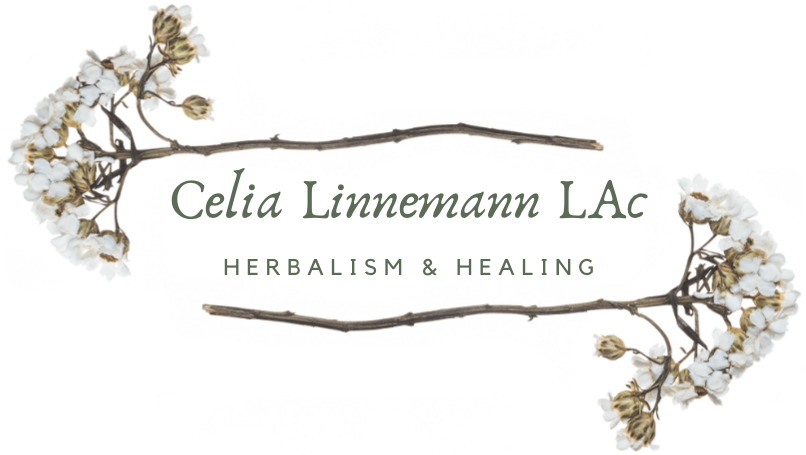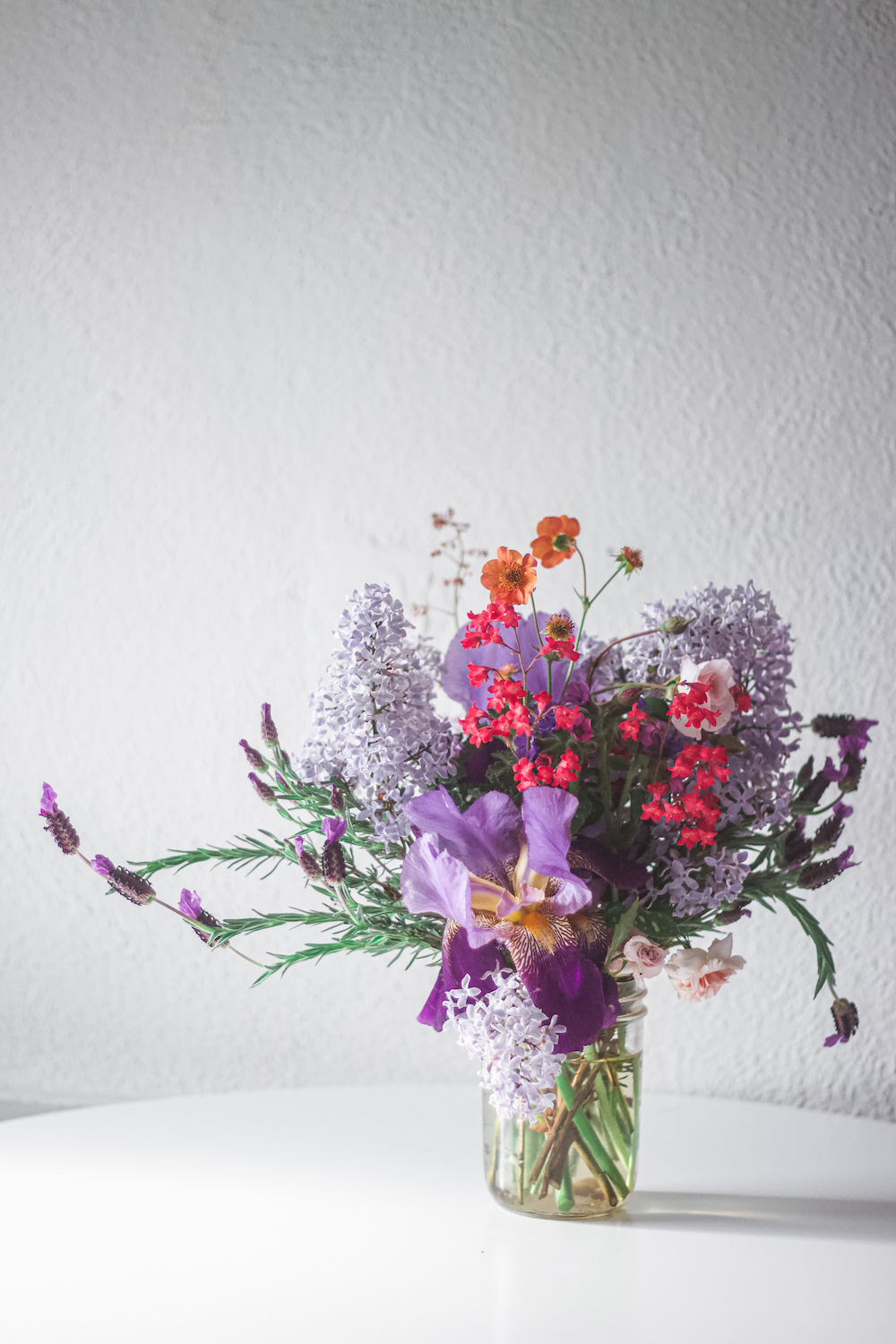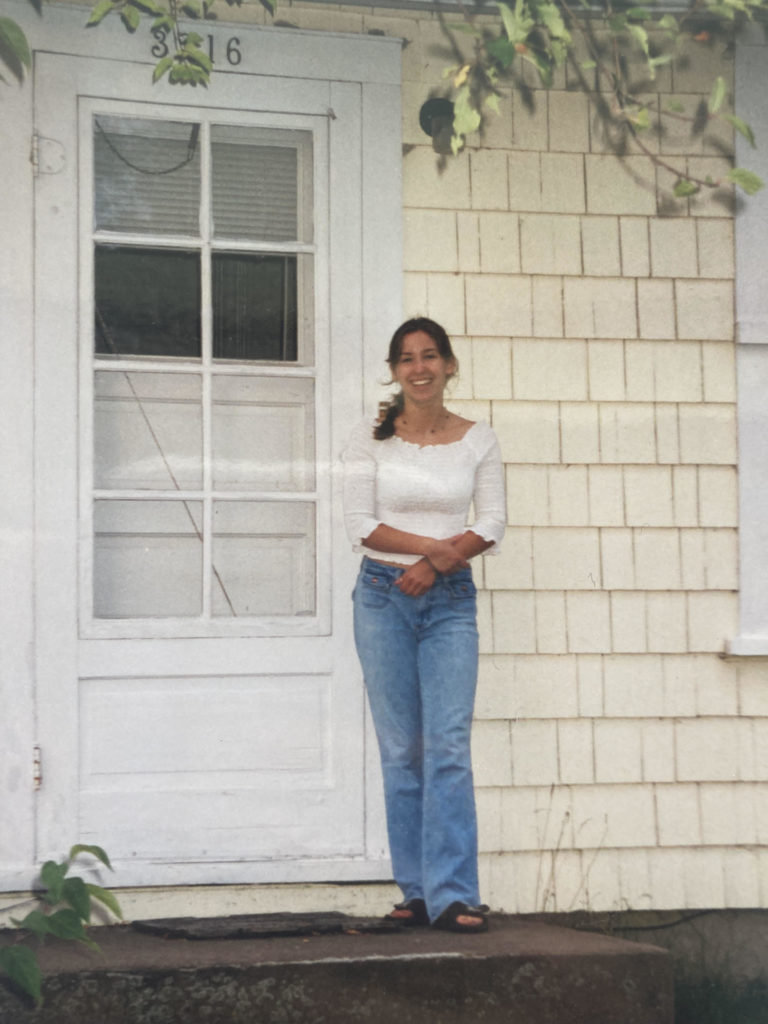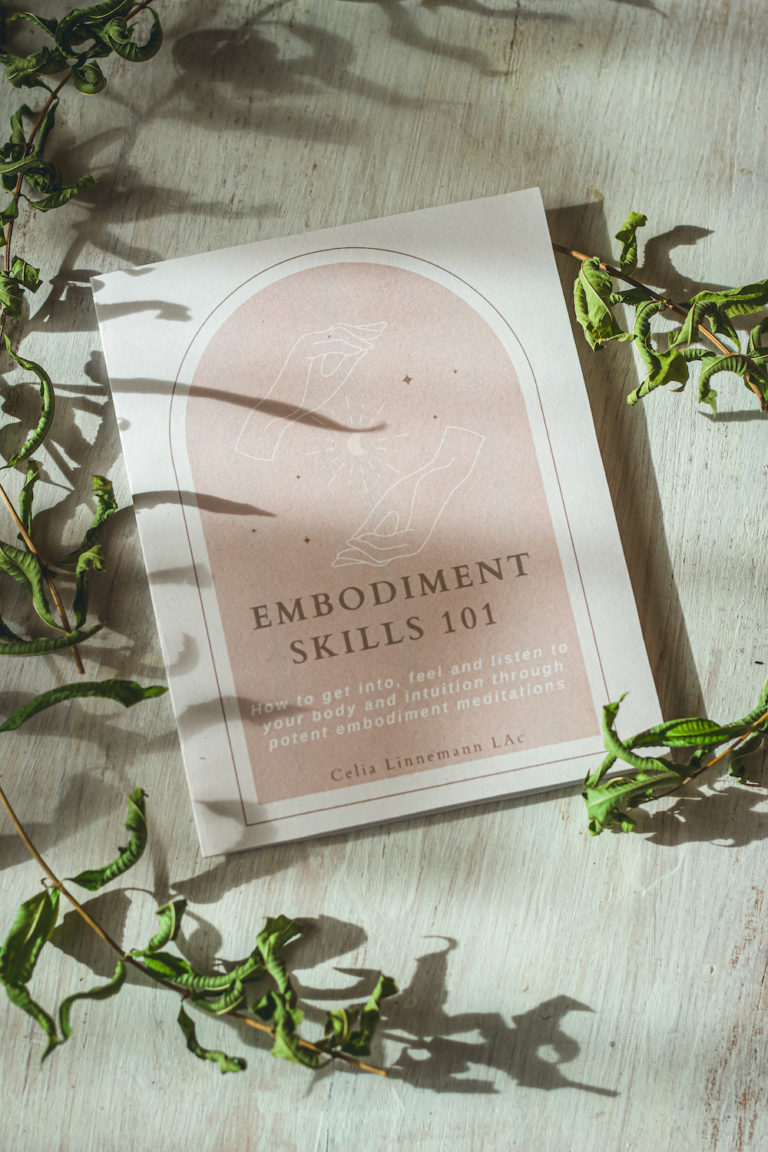How to use body meditations for pain management
What do you do when you come face to face with pain?
Another way to phrase that is, “ugh, I am in pain, now what do I do?“.
One thing I have learned to do over the years is to use body meditations, or embodiment practices, for pain management.
Body Meditations sound formal, like it’s some thing you have to do. But it is not an extra technique you have to learn and then apply. You already do this. Body meditation aka Embodiment is:
- Paying attention to how you feel, and
- Listening to what your body is saying
The thing is, most of us don’t do this super intentionally, (which it totally normal by the way) so we don’t recognize it as embodiment. In this post, I am going to show you some easy ways to navigate pain management with body meditations.
Pain is NOT fun – there’s no way around it
Often times when we have pain, we one of two things with pain:
- Try to ignore
2. Try to fix it/conquer it/solve it.
No judgement: in many cases this is what you need to do. These often work fine (especially the “fixing” one).
But when you want to or have to navigate the pain, you might need something different. Pain often (but not always, of course) responds to more of a middle-of-the-road approach. The foundation of the approach I take with pain utilizes awareness, acceptance and compassion to help with the navigation of it.
One aspects to having pain is that it is extra challenging to let ourselves feel into the pain simply because it hurts! It is a natural instinct to turn the other way.
Yet, the divine paradox about pain is that it is telling us to turn inwards and tend to it for the sake of our healing. Accepting and feeling pain is a BOTH/AND phenomena alongside ignoring and avoiding pain. It is not one or the other, they both are natural instincts.
You can be your own Pain Doula
I have spent many a day in pain, having had debilitating or at least frustrating pain since I was 14. I was constantly trying to figure out how to keep it together while I was having an excruciating experience.
Years later, I became a birth doula. That was when I saw pain from another standpoint where I was a witness to another having pain. The work I do around pain now (in my acupuncture practice) in addition to using acupuncture and herbs (I LOVE topical herbs for pain! Like St. John’s Wort massage followed with topical tinctures) is mainly teaching others how to be their own pain doula.
Pain is definitely what brought me more fully into embodiment – although as a little kid I would experiment with getting into my body as many of us do through emotions, movement, imagination and play.
Embodiment eventually brought me into my intuition and working with healing on the emotional, energetic and spiritual side. It didn’t happen overnight – it took me many years of chronic debilitating pain (and also learning about the body via herbalism, Chinese medicine and energy medicine) before I could wrap my awareness around it.
That transformation of being able to embrace pain came from my training as a birth doula, because as you may know, birth doulas are familiar with assisting people through an intensely painful experience. And just as birth doulas can help birthing people through their experience of pain, you can be your own pain doula. You probably already are.
My favorite way to teach people to be their own pain doulas is – you guessed it – by using embodiment skills aka feeling into and listening to the body.
Just recently when I had enough of a decrease in pain to get me out of the chronic overworked nervous system tone, but yet still have pain frequently enough to have the opportunity to explore it and work with it, I began to ask more sophisticated questions about pain, what it does to me, and how to work with it.
When I was in a lot of pain on a frequent basis, it was nearly impossible to think big about pain, or have any sort of detached views about it.
I was just trying to get through each moment, and although I certainly used embodiment when I had frequent pain, I couldn’t formulate my thoughts about how exactly I did it until I had a break from that level of pain.

Feeling into pain can help you navigate it
My hope for you is that you feel like you can indeed navigate pain when it feels like too much. The word “navigate” here means to ride the wave of what is happening to us, as if we were flung into a sailboat and we are looking around for the reins. It does not mean perfectly and smoothly gaining control of the pain.
You can experiment with navigating pain in different ways all by feeling into it through embodiment practices aka body meditations.
Remember, body meditation in this case is where you can flirt with the idea of feeling into the pain. I know I keep saying this, but it is important to realize that it’s all about feeling into the body which you might be already doing. You can also feel into pain if you are medicating. It’s not about always bearing through something no matter what.
This is not to push you to do something you are not willing or ready to do – there is no pressure here to “get it perfect”, “do it right” or even do it at all.
It is YOUR body and you get to call the shots.
It is my stance that if you are experiencing pain or discomfort that is perplexing or hard to deal with and you are looking for a way to cope in addition to all the other things you’ve tried (like taking care of the physical reasons for the pain, lifestyle changes or getting therapy for example), and it feels like a YES to doing embodiment practices around it, then I am here to gladly share it.
By reading this post, I hope you will see the three levels you can navigate pain through what I call the deal, manage, heal spectrum, and feel like you could experiment with applying them when you are in pain, if it feels right to you.
Overview of the 3 Levels of Navigating Pain
The specific embodiment skills I refer to are quite simple: it is bringing your awareness into the pain without agenda, with the aid of the breath, while in a turning-inwards space (which basically means sitting or laying down).

When your awareness is parked within the pain (or flirting on the edge), you have some options about what the heck you are going to do with the feelings that you find there.
You can work with pain on different levels to assist our experience with it, and each of the levels of experiencing the pain are skills to help us through it.
Let me explain them like this.
OVERVIEW of 3 levels of working with pain
- Dealing or coping with the fact that we have pain. The tool you can use is awareness.
- Managing or working with the pain. For this you enter into a relationship-like dynamic with the pain by using acceptance as your main tool.
- Healing the experience of the pain (NOT synonymous with healing the pain or having the pain go away, although sometimes that may occur). For this you may need the tool of compassion.

Let’s jump in!
But before you do, please remember:
- This is your body: do what feels right to you and you alone.
- If getting into your body makes you feel things that you don’t want, don’t do it! Or change it.
- This is your path. There is no rush. There is no finish line. This is non-linear. Take your time or speed it up. Do body meditations/embodiment practices a lot or whenever you feel like it or have time.
- This is for you and you alone. There is no reward or detriment. This is not achievement based. You cannot be perfect in this. This is not the one and only key to healing. Practice embodiment for your own reasons and experience.
Coping with pain by being aware that we have pain in the first place
Awareness: This is where you start.
You can experience pain for a long time and not connect to the fact that it is there on a conscious level. This can be for a variety of reasons, and all of them are a normal and a natural part of the human tendency to avoid pain.
- The pain may be in the background and you can ignore it or function without it coming top of mind.
- The connection to the pain or painful area may have been severed, so you can have a hard time sensing that it is there even if you consciously tried. Or you may naturally not be into the body when it comes to pain, with a stronger mental, spiritual or emotional life rather than being physical.
- Or you may have adapted to a chronic level of pain that you don’t realize that it has just increased two-fold, because you have acclimated to a life of pain, that the increase of pain doesn’t ring an alarm bell.
- You have a naturally high tolerance for pain, and/or certain personal beliefs about pain, or have beliefs that were passed to you transpersonally, like through family and culture.
- The pain is at a level that it can be more easily ignored. Really intense pain is harder to ignore, as is certain types of pain in certain areas of the body (this may vary for each of us).
The turning point of pain awareness
When you are having pain, there is often a turning point where you can no longer ignore it. When that liminal state comes up through you, it can be very destabilizing because you are starting to lose your footing in the physical reality that you know and trust.
I call this point “strobing”, because I feel/sense/see the layers of my being alternating quickly between the two worlds or ordinary reality and non-ordinary reality.
You go from ordinary reality to whoa…what is happening to me.
I remember when I started to have dysmenorrhea. The first few periods I had came with borderline debilitating pain, maybe 5-6/10 in intensity. After that, I had a lot of pain and I lost all functionality often vomiting or passing out, about 8-9/10, thus I could not ignore it. But when the pain was 5-6/10, I could go for a long time of ignoring it, or trying to ignore it.
Then either after a while of trying to ignore it and no longer being about to keep it at bay, or after an increase of pain that brought me over the tipping point, I could no longer be within in the ordinary world of how I normally felt, and that in and of itself can be alarming on top of the pain.
In fact, it was the disconnection with ordinary reality that was what tipped me off that I was in such severe pain, not the pain itself!
This happens in birth, too. It can be very unnerving for some people – and it doesn’t matter how prepared you are or not (though if we had more support for birthing people we might feel more prepared and confident). The old falls away and the loss of control takes over. No matter who you are, it can be challenging.
Yet, it isn’t always that way for everyone, all of the time. It’s all nuanced!
Again, I do believe more social and personal support and systemic changes in the birth systems can help take the edge off of the highly uncomfortable aspects of birth. Same goes with other types of pain and related experiences (like trauma, wounding, illness and fatigue).
It’s true that these things hurt and that is normal. And it is true we need more time and support for healing at the societal level, and systems of community support.
How do you become aware of pain?
Awareness of pain is the when you can admit and are conscious of the experience of pain. You know that pain is indeed present. You can acknowledge it.

STEP 1: AWARENESS: Bring awareness into the fact that you have pain
- Allow your awareness to be carried into an area of discomfort.
- Breathe in and out of that area for a while, start with 3-5 breathes to settle your awareness into it.
- You don’t have to be directing into the most painful spot, you can be on the edges or in the general tissue. But you also can explore going into the pain like it is a keyhole; look though the pain to see/feel/sense/know what it is like. You get to decide. Play around if you feel like it – follow your body.
- How can you make it known to yourself, your pain, your body that you are indeed aware of it? The simplest way is to speak to it: I am aware of you, Pain. I see you and I feel you. I know you are there.
Now that you are somewhat aware of the pain…
…Perhaps you can now partially cope with the very fact that you have pain and are asked to leave typical normal reality for a while.
When you become more in contact with the pain through awareness, you can get a sense of what is up with it. That may help you further cope with the pain. It might help you feel better, it might not.
On to the next step. Now I will talk about how working with pain and what it means to listen to the pain and our body. You can enter into a relationship with the pain acceptance as your main tool.
Step 2: ACCEPTANCE: Working with/managing pain
ACCEPTANCE: Relate with the pain as if it is a part of you that can be accepted
How exactly do you do this?
I image that I am dialoging with the pain. I like to listen to the pain.
What do you want to tell me?
What do I need to know about you?
I give the body some time to respond. It usually does in two ways (though these are not the only two ways, just the most common):
1. I will get a better feel for the physical pain or
2. I will get body intuition about it, meaning a song will come into my head, thoughts or images will pop into view, emotions may come up. I take both occurrences as responses from the body.
Thank your body and/or yourself for the responses. Truly listen to what it said/felt.
Pain is often a messenger. It has something to say. It doesn’t have to be something deep or esoteric – it is often simply giving your clues into the state of that area or functions of your body. It might say, “I am really tight”, I am inflamed”, “I am constricted”, “I need rest”, that sort of thing.
When Emotions Arise
A helpful part of accepting that we feel pain is that you can begin to adjust to its presence on a physical level, as in the sensation of it. This may lead to you to tending to yourself or your pain down the line, which may possibly abate the pain in some cases.
We are all on our own journeys. I do not protest to know what is the best way or what is best for anybody. THIS IS NOT UNIVERSAL. I don’t even know what is best for myself when I am having pain – because this is not an equation we can solve.
Sometimes I want to accept the pain but I just can’t; there’s something going on that makes it challenging to do so. The brain can only handle so much and needs some time to adjust. It may be a matter of “fake it until you make it” for the acceptance of pain.
It may also be a matter of accepting emotions and the thoughts and beliefs that come with it. There’s a lot to accept! No rush here, this is not like a forced confession to get over to then gain something. Emotions have their own time frame, let them unfold organically (while also supporting your nervous system and getting any outside support you need). Also, you can accept the emotions without accepting the situations or constructs that brought them up in the first place.
Working with emotions can (but not always, of course) trigger a cascade of opening up to different layers of conditioned reality, different layers of the self, familial patterns and of the collective, too.
An example of this seeing how the cultural expectations about not taking sick days in the so-called US is related to puritanical work ethic and deeply entrenched into capitalism. This is from my own experience of a white women of Northern European descent, there’s a lot of Christian undertones within my own body that I need to address. Your experience is going to be different!
Gender experiences may be woven into this as well. But the layers you need to work with (if at all) will be as unique as you.
Mentally, you may understand that there are cultural/ancestral/familial things that surface when you work with your body and pain , but when you identify those issues in physical form entrenched into your tissues, it can be a whole ‘nother league of things to deal with, process and metabolize. It may completely shift your identity.
Different areas of your body may hold different energies, both on a personal level and on a collective level, but this is a tricky water to tread because we all have unique experiences and bodies.
I refrain from cook-book, encyclopedia style body parts = certain types of energies because it is always more nuanced than a one-size-fits-all approach.
And I do NOT think a pain in a certain area is always, 100% of the time reflective of something going on on another level. The physical body is finite and prone to malfunctioning. That’s just the way it is. It’s not always spiritual or emotional or mental (or ancestral, or past life either) and it IS NOT because you were negative or manifested it -ugh.
Once someone told me they grew up very Christian, and when her uncle became sick with cancer and then died, the family kept the narrative that he just didn’t pray enough.
It is not only a religious thought, this occurs in New Age/consciousness circles. I saw someone selling a course about healing the Mother Wound, and one of the signs they cited for having a Mother Wound was having a painful menstrual cycle or other womb problems. Not okay. We can’t make these assumptions.
This is outdated, harmful, exploitative to people in pain and needs to stop.
Even in my own body when I have clearly have had emotions intermixed in my body pain, there are STILL a plethora of physical issue that absolutely need to be addressed. And the emotions never caused the pain – it just happened to be there, held together because we have interactive, connected bodies. So even in the cases where emotions are related or reflected within pain, it STILL requires a holistic approach.
OKAY… I am now off my soap box…
In my work, embodiment practices can really help with identify what is going on and how to work with it. You can learn to get into your body and listen to what it has to say.
Acceptance CAN help pain, but let go of expectations
I do think it can be helpful to accept pain. It CAN help you feel better.
But leave your exceptions and perfectionism at the threshold of the pain door, because in my experience that is not how it works.
You truly have to let go of the outcome. It is much like doing divination or praying or even creating – you do it to get in to become one with the flow of what is coming though you, and you are not guaranteed a “result”. It’s not even really about the result (though results are cool).

What about medicating pain?
You can absolutely navigate pain on any level if you are medicating pain. There is no hard or fast rules or dogma here.
I support everyone choosing what is best or most accessible for you. Not everyone wants to or can practically accept pain all of the time! It is ridiculous to think so.
Pain can be a sign that we need to go to the doctor or take immediate action on a different level than embodiment.
Early on in my work as a birth doula friends, family, and clients would sometimes jokingly apologize to me as they said, “Sorry, Celia, I got the epidural/C-Section”. I was mystified because I wondered where they got the impression that I had an expectation that they would NOT get an epidural or do a C-Section? I never advocated for non-medicated anything.
This actually bothered me a lot. I was worried that other people thought I was judging them, and I was also self-conscious that they thought I thought I was more awakened or better than them.
As the years went on, I realized that those statements were not at all personal, and that I was being overly sensitive and worried about approval.
People want to talk about their birth experience, and this was how they worded it to me. The joking tone was just that: making light of something that could be a little contentious or polarizing, and since the ice was broken between us, they felt free to express themselves.
It was true that people DID assume that I was au natural, and it is common to think that doulas are generally more in support of so-called natural birth overall.
Yes, doulas are advocates of empowering birthers and improving maternal-infant birth outcomes, and that MAY include an overall embrasure of less interventions, in particular the ones that are unnecessary, not supported by evidence (in 2011, only 12% of practices in the hospital for birthers were evidence based, the lowest of all the fields) or harmful.
However in practice, birth doulas are as neutral as they can be (though nobody is ever without a bias – we are all human here) and do not at all push for natural births with individual clients; they support the birther in ANY kind of birth experience.
It is a misconception that doulas favor so-called natural birth, but a completely understandable one that begins good conversations.
Another reason people thought I was anti-medication is because personally I try not to use them. I do very poorly with medications after years of NSAID overuse (for Lyme-related joint pain as a teen and dysmenorrhea until age 30 when I finally had to wean myself off of Aleve) which totally ruined my gut, contributed to anemia, strained my spleen, and was a burden on my already injured liver (I had a liver toxicity issue when I was 18). This is just my body and not my soap-box stance.
It is all so nuanced…
Then there’s the fact that I actually DO medicate pain…with acupressure, acupuncture, herbs, hot water bottles, therapeutic movement, and even embodiment practices. I medicate pain with the breath and the imagination.

Identify your tools for embodiment aka feeling into the body
What tools do you have to work with pain? If it feels right to you, you can write them out.
I like to keep them very simple. For me, the tools are the things I “do” (I say “do” in quotes because I’m not physically doing much of anything, I am usually laying in bed in pain…but yet I do engage intentionally with these things).
In this graphic, they are written under each step of an embodiment meditation.
- Breathing
- Feeling
- Sensing
- Imagining
- Asking/conversing
- Holding/accepting/affirming

Step 3: Healing the experience of pain through compassion
What does healing mean to you?
One way I look at it is healing is the coming through a situation or experience and being okay on the other side of it.
Healing the experience of the pain (NOT synonymous with healing the pain or having the pain go away, although sometimes that may occur). For this you need the tool of compassion.
Healing is not synonymous with CURING.
I’m all for full recoveries and even miracles, but we do not need to wait for the body (or any other part of ourselves) to be fully well to experience healing. That being said, we can’t expect healing to come just because we decided it will. Sometimes we have to be patient and really work through a lot of stuff. Yet even through that process, we
COMPASSION: To give and receive compassion as a way to heal the experience of having pain
- I see you
- I hear you
- I feel you
- I love you
- Thank you

I can’t get these images below to go to their location for some reason (I am NOT very teach savvy), but in case you want to read more, check out these other posts about embodiment:
5 Things to Know about Having an Embodiment Practice
Body Meditations Made Simple: The Foundations of an Embodiment Practice














